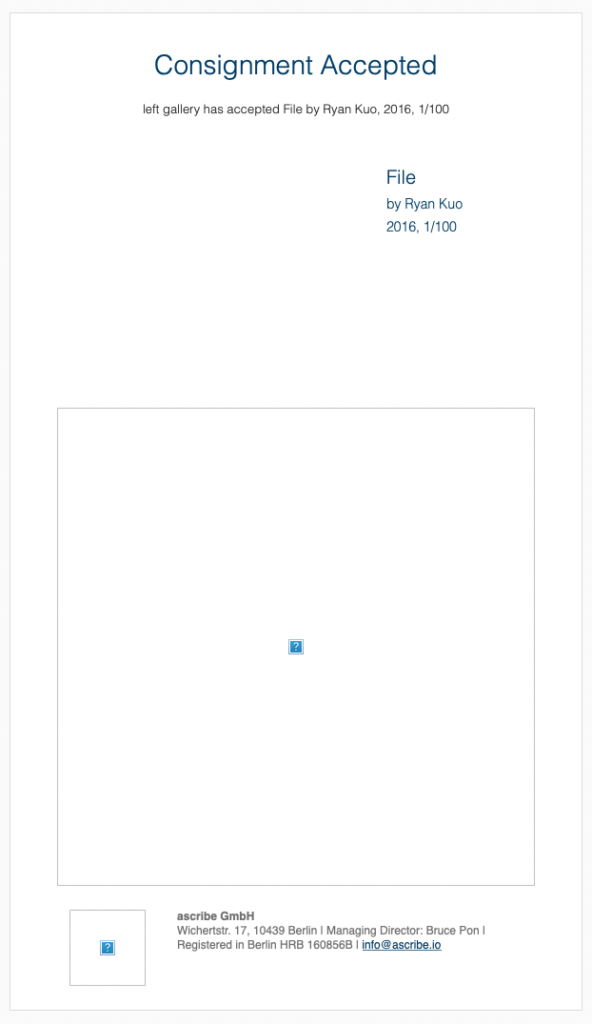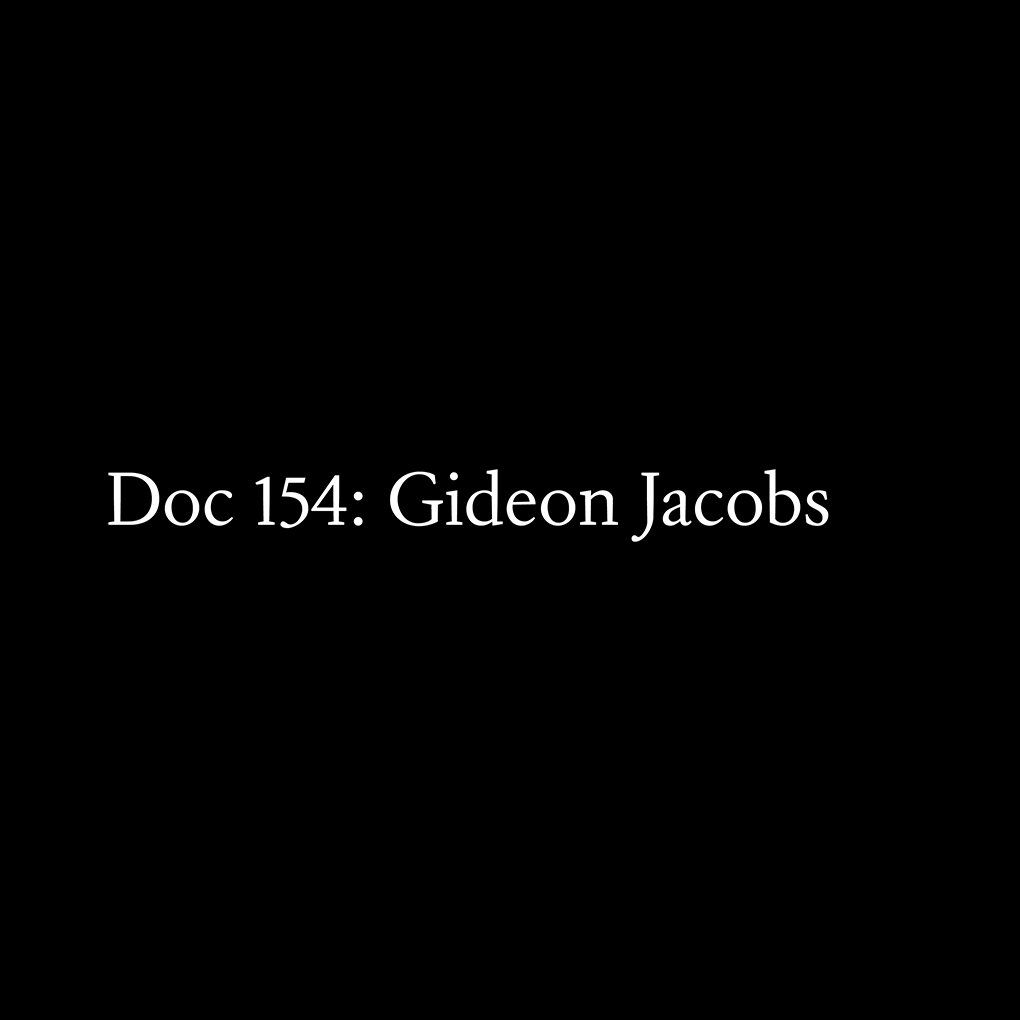
Thanks Ryan, you were a visionary. So ended an email I received in 2021 as interest in non-fungible tokens1 had spiked. The anonymous sender had requested, if not demanded, to know where I was storing the remainder of my assets. Awareness had spread that I was active in 2016 as an artist who was registering his work on the Bitcoin blockchain. This was no visionary act but a routine aspect of offering projects on left gallery, an artist-run online platform creating unique editions of digital files akin to prints or record pressings. I had my qualms, but had always liked the idea of keeping a storefront. Five years later, these experiments were ancient history, our methods and meanings left for digital prospectors to excavate like buried treasure.
Except that the assets were lost. The causes were pleasingly banal; the startup handling the blockchain registration of the artworks was eventually shut down, and so was the Amazon S3 bucket containing the artworks and their metadata, effectively burning the warehouse. As I understand it, the destroyed metadata had included the addresses to which the artworks were registered on the Bitcoin blockchain. Those addresses still exist somewhere on the expanse, but without the metadata, we cannot look them up.2

So the artworks may as well have been wiped from the registry. But when did the register become the object? In 2016, I was invited to contribute to left gallery while I happened to be attending a residency about the future. I had a poor grasp of the stakes and mostly disregarded the blockchain and how the provenance of my work could be inscribed upon it. I balked at consigning a digital file that really wanted to be modified, moved, copied, or deleted; to trace the steps of its creator.
But this presented a motivation for the work. I decided that I could start by writing about what was happening, and what that could mean to me. I would write as long as there was a problem to discuss, and the underlying problem was that I could not relinquish the file to unfamiliar hands. This understanding would remain between me and the work and comprised a digital stack of hyperlinked pages, each documenting one facet of the problem and together forming an unsolved picture. The work was named File, and the File contained its own record.3

I maintained the File on my own server, apart from the blockchain, and a collector could buy access to it, though access was always already open. The contents of the file could never be the object, and I made sure that this was the case. The File was written in a drone that would barely register, content for one to click through and through, appearing too busy to form a sign. Like echoes of a bedroom rave, a window overlooking a damp field in May, or the dull throb of a Finnish sauna, the raw material is best left unverified by tomorrow’s regime, committed only to memory and remaining only until a body decides to turn the lights off.
1 A contrivance that enables digital files to be registered on a blockchain ledger, implicitly as speculative assets.
2 This is a simplification and possibly incorrect, but it remains that certain things can’t be had.
3 File was commissioned by Nora N. Khan for left gallery in 2016.
Ryan Kuo is an artist and writer based in New York City. His work uses digital systems and sequences to invoke a person or people arguing, and has been shown at venues including the Whitney Museum of American Art (NYC), M+ (Hong Kong), Queens Museum (NYC), and TRANSFER (LA). He is developing an artist’s book about aspirational workflows, File: A User’s Manual, modeled after software guides for power users.

